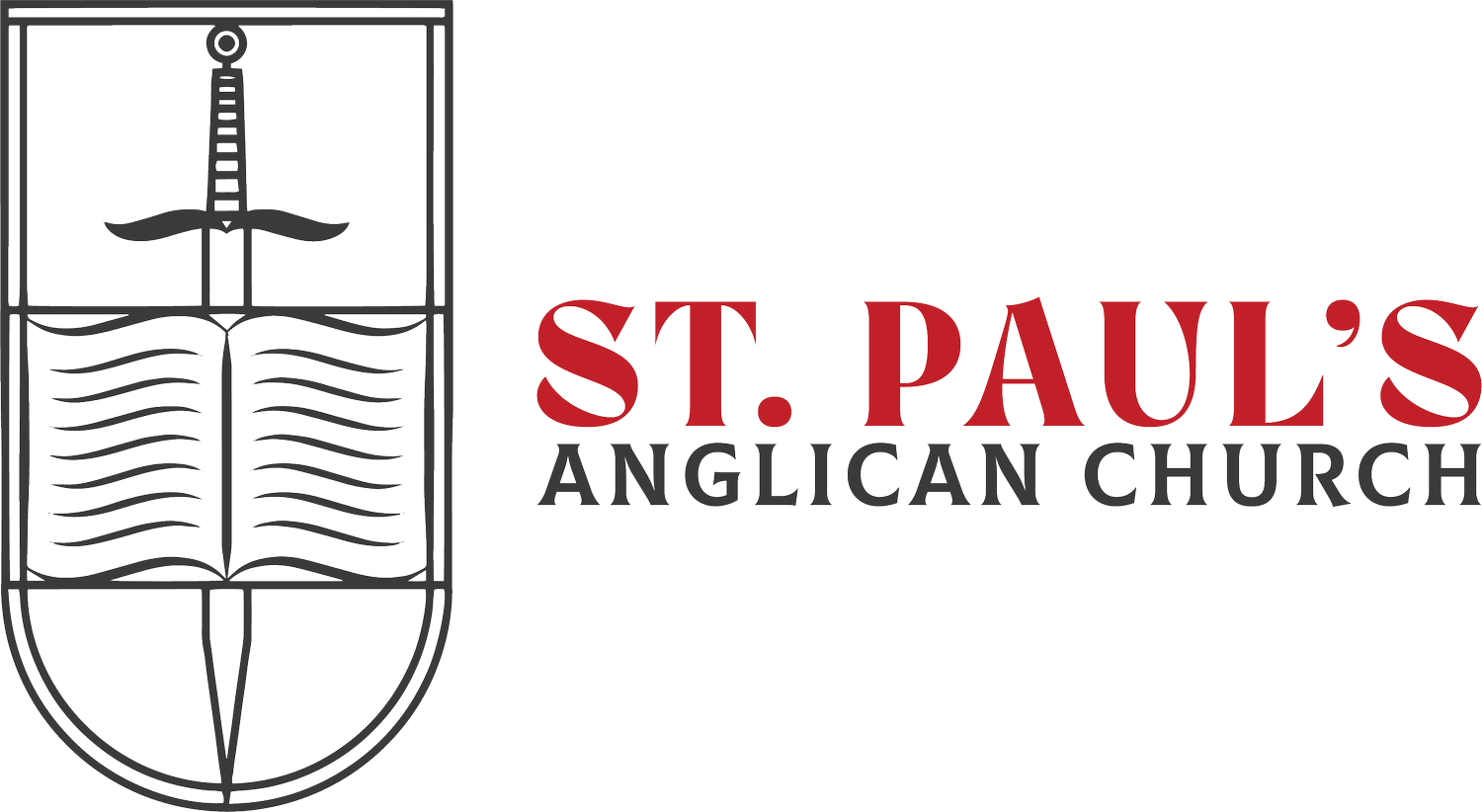Reflections: Divisions in the Church
The Church has a single origin point: the life, death, resurrection, and ascension of Jesus Christ. Whoever is saved is a member of the Church because the Church is the “company of all faithful people” (BCP 83). The Church is one because to be in the Church is to be “in Christ.” Yet, the lived experience of Christians in the modern age is not unity, but division. At St. Paul’s we have people who have arrived here from a variety of backgrounds: former Baptists, Presbyterians, Lutherans, Roman Catholics, and others. Further, even within already established traditions, we have seen further fracturing. Anglicanism is just one example: The Continuing Anglican Church (also called the G3 movement)—made up of the Anglican Catholic Church (ACC), Anglican Church in America (ACA), and the Anglican Province of America (APA; our province)—left the Episcopal Church in the 1970s to preserve the faith from heterodox innovations. Another group, the Anglican Church in North America (ACNA), left the Episcopal Church in the mid-2000s over more innovations. So how do we theologically account for these divisions between various traditions and even among churches?
The first major division that occurred in the Church was the Great Schism (1054 A.D.). It is from this split that we get the divisions of Eastern Orthodoxy and Western Catholicism. The major issue that separated them was theological language which came to a head when the Pope, in an effort to combat the heresy of Subordinationism, unilaterally added the phrase “and the Son” into the third article of the Nicene Creed, describing the Holy Ghost as proceeding “from the Father and the Son.” This provoked a negative response from the Eastern Church that culminated in the Pope excommunicating their chief bishop (called the Ecumenical Patriarch) and their chief bishop excommunicating the Pope. Even today, this division persists though Roman Catholics do recognize the Orthodox as having valid orders and even open their Communion to include Orthodox. The Orthodox do not generally reciprocate.
The second great schism occurred in the Western Church between Roman Catholicism and Anglicanism. This schism was, in many ways, precipitated over a controversy between King Henry VIII and the Pope over whether the annulment of his marriage with Catherine of Aragon was permissible. That may have been the historical occasion, but the split between the English Church and Roman Catholic Church was about more than that: it was about the authority of the Pope and the autonomy of local bishops, especially in terms of liturgy and ceremony.
These divisions, while perhaps historically necessary, are a scandal for Christians. In John 17:21, Jesus prays that his followers all “may be one,” so that the Church’s communion might reflect the union between Father and Son: “as thou, Father, art in me, and I in thee, that they also may be one in us: that the world may believe that thou hast sent me.” This is a good reminder that while we have to speak of various churches (Anglican, Roman Catholic, and Eastern Orthodox), we can still speak of the Church as a singular entity. That various churches exist is the result of human conflict and failure to measure up to God’s ideal; however, the Church finds the ground of its unity in the person and work of Jesus Christ and the continual work of the Holy Spirit. The divisions among us may constitute a crisis; however, Anglican theologian E.B. Pusey reminds us that “suspended intercommunion alone does not destroy unity.” Divisions are wounds that may have injured the Body but they are not mortal in that the Body has lost its life. This is a good reminder that the Church’s power is not derived from us but rather from the Holy Spirit. God is faithful even when we are unfaithful.
A good image to illustrate these principles is that the Church is a tree (see Romans 11). This is a fitting image because the Tree of life stood in the middle of the Garden of our Eden and our Lord redeemed us through the means of the tree. Our various churches are like branches affixed to the tree. There is one tree but multiple branches. We shouldn’t confuse our particular branch for the whole tree because that would be overly narrow-minded and miss the Holy Spirit’s work in the Church. But we should pray that these often damaged and unhealthy branches would be healed.
The Collect For the Unity of God’s People (BCP 37-38)
O GOD, the Father of our Lord Jesus Christ, our only Saviour, the Prince of Peace; Give us grace seriously to lay to heart the great dangers we are in by our unhappy divisions. Take away all hatred and prejudice, and whatsoever else may hinder us from godly union and concord: that as there is but one Body and one Spirit, and one hope of our calling, one Lord, one Faith, one Baptism, one God and Father of us all, so we may be all of one heart and of one soul, united in one holy bond of truth and peace, of faith and charity, and may with one mind and one mouth glorify thee; through Jesus Christ our Lord. Amen.

